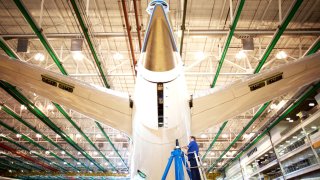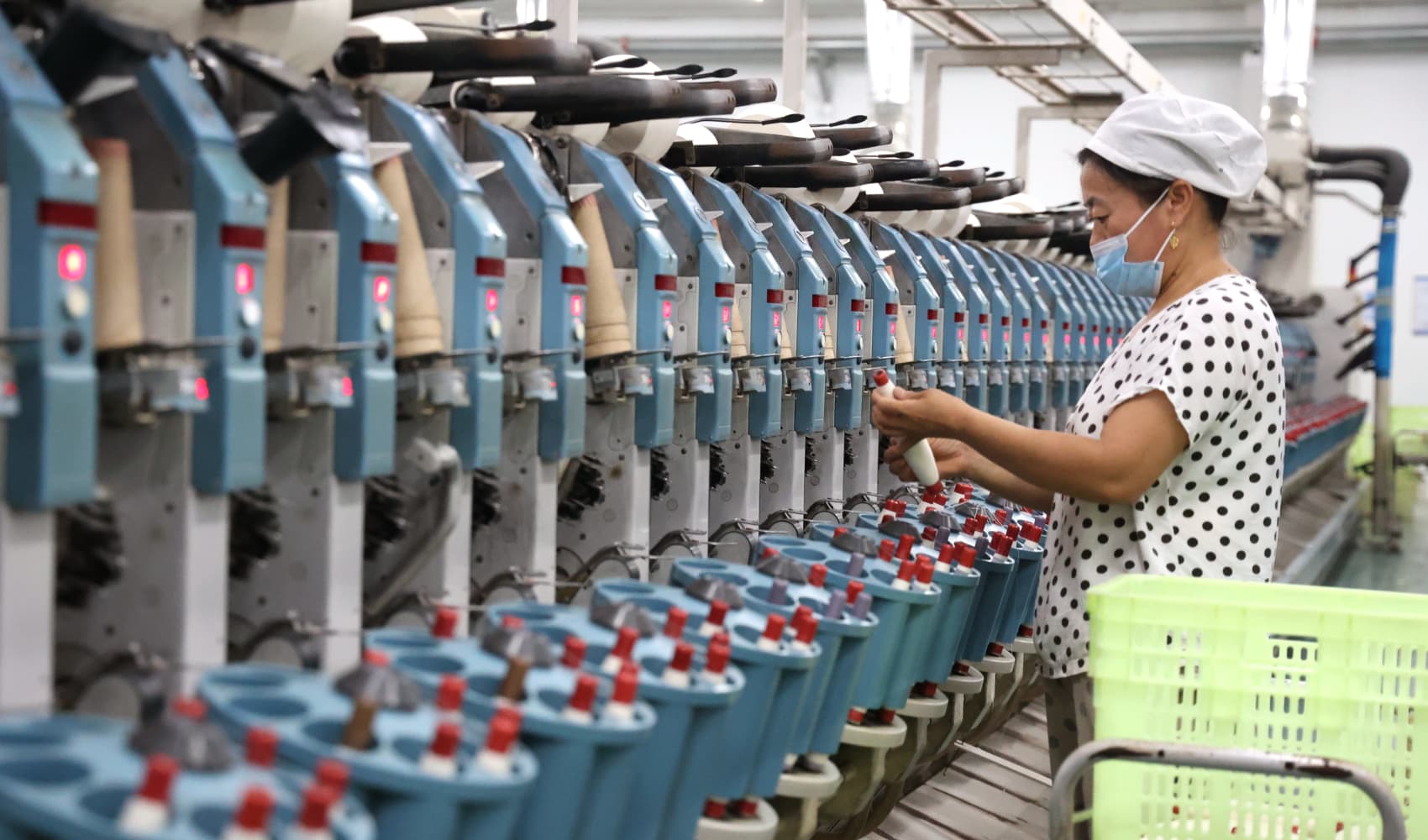
- A whistleblower last week said that Boeing's 787 assembly put excessive stress on airplane joints that could reduce some of the planes' lifespans.
- The whistleblower, Sam Salehpour, is scheduled to appear at a Senate hearing on Wednesday.
- Boeing has denied the allegations and defended the quality and safety testing on its 787 Dreamliner and 777 aircraft.
Boeing on Monday defended the quality and safety testing on its 787 Dreamliner and 777 aircraft, days after one of the company's engineers went public with allegations that the plane-maker took "shortcuts" to speed up production of the planes.
The whistleblower, Sam Salehpour, last week said that Boeing's 787 assembly put excessive stress on airplane joints that could reduce some of the planes' lifespans. Boeing denied the allegations, calling them "inaccurate" and said it stood by the planes' safety.
Salehpour is scheduled to appear along with another whistleblower who worked at Boeing, a former aviation official and an independent safety expert at a Senate hearing on Wednesday about aircraft safety called "Examining Boeing's Broken Safety Culture: Firsthand Accounts."
Get top local stories in Southern California delivered to you every morning. Sign up for NBC LA's News Headlines newsletter.
Salehpour's claims come as Boeing navigates intense scrutiny after a door plug blew out of a 737 Max plane in January. The narrow-body aircraft is Boeing's bestseller, and the blowout at 16,000 feet put passengers inches from tragedy. Since the accident the Federal Aviation Administration has blocked Boeing from increasing production of that plane.
In a roughly two-hour presentation with reporters on Monday, two Boeing engineering managers detailed the company's stress and safety tests for the 787, which include testing the plane for 165,000 cycles, each meant to provide an equivalent of a flight, with varying conditions. In addition, the fuselage skin was struck by a 300-pound pendulum, the engineers said.
Steve Chisholm, chief engineer for Boeing's mechanical and structural engineering, said Boeing created damage to fuselage panels in intense tests that were repeated more times than what aircraft would experience in service, "and the damage didn't grow."
Money Report
Salehpour's allegations relate to tiny spaces where pieces of the 787's carbon composite fuselage meet. He said Boeing used force to join the pieces together and didn't properly measure the gaps. He and his lawyers sent a letter to the FAA in January detailing his allegations, and the agency is investigating.
The whistleblower said on a call with reporters last week that he "literally saw people jumping on the pieces" of the 777 "to get them to align." Boeing later that day said those claims are inaccurate and that it is "fully confident in the safety and durability of the 777 family."
Boeing previously suspended deliveries of the 787 for nearly two years until August 2022 because of incorrect spacing on some portions of the fuselage of the planes.
"These claims about the structural integrity of the 787 are inaccurate and do not represent the comprehensive work Boeing has done to ensure the quality and long-term safety of the aircraft," the plane-maker said in a statement in response to the claims. "The issues raised have been subject to rigorous engineering examination under FAA oversight. This analysis has validated that these issues do not present any safety concerns and the aircraft will maintain its service life over several decades."
Salehpour's lawyers also allege that Boeing retaliated against him after he voiced his concerns by excluding him from meetings and moving him off of the 787 program and onto the company's 777 plan.
Boeing last week declined to comment on those specific allegations, citing the FAA's ongoing whistleblower investigation, but said, "Retaliation is strictly prohibited at Boeing."
The company is scheduled to report quarterly results on April 24, when it will face investor questions about aircraft safety, production rates and FAA oversight.






